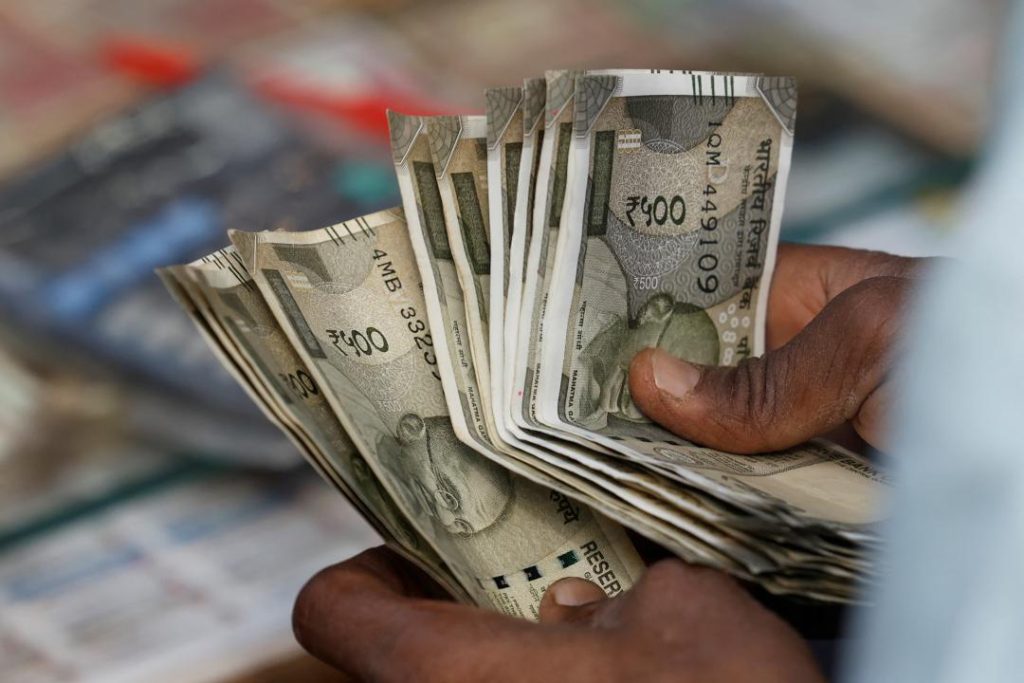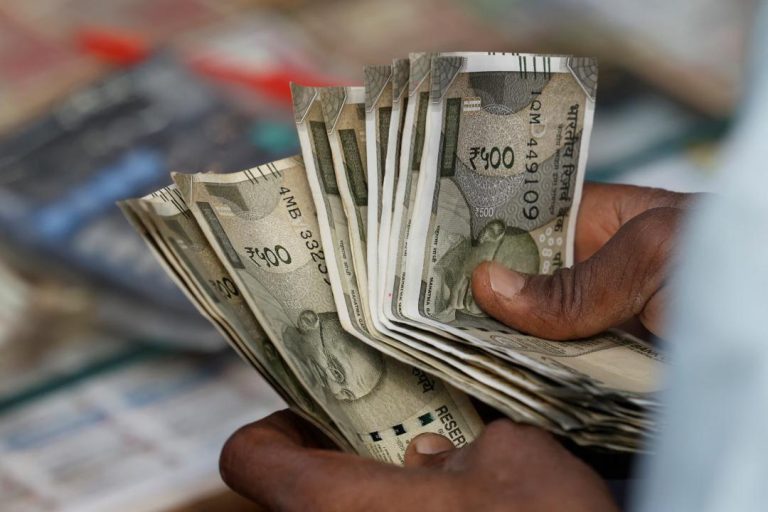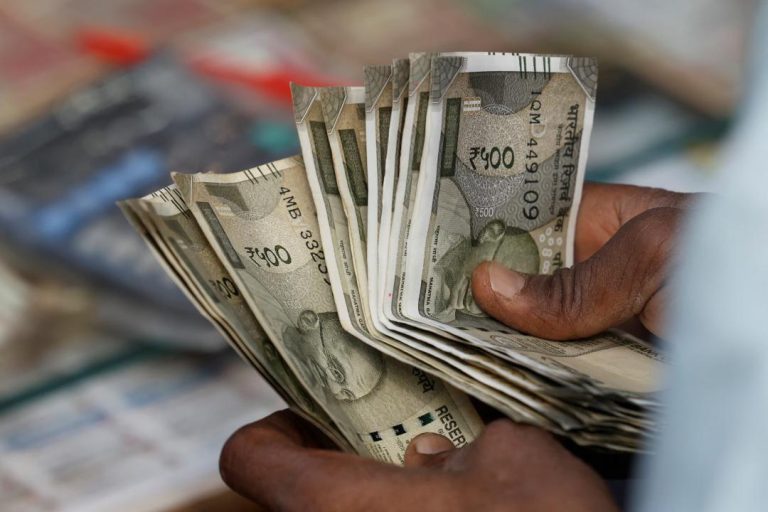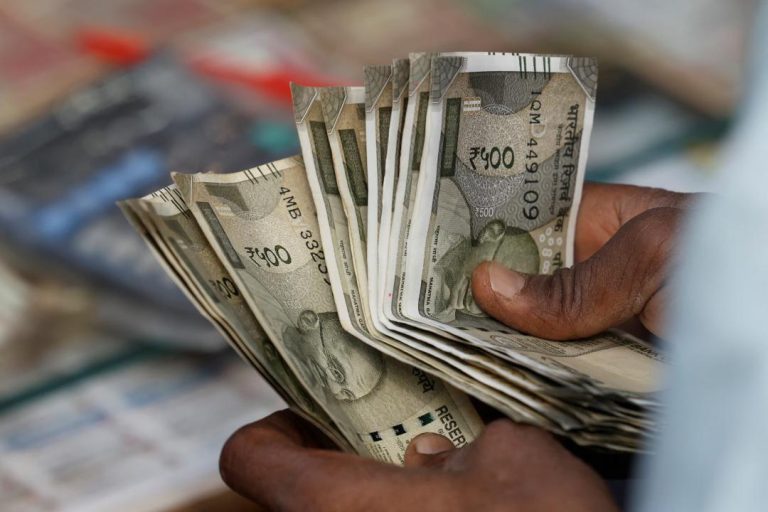
What Got Cheaper & Costlier in March as CPI Falls to 67-Month-Low of 3.34%?
India’s retail inflation has fallen to a 67-month-low of 3.34% in March, according to data released by the Ministry of Statistics and Programme Implementation. This significant decline in the Consumer Price Index (CPI) has brought relief to consumers, with many essential commodities witnessing a drop in prices. However, not all prices fell, and some goods and services saw a marginal increase. In this blog post, we’ll take a closer look at what got cheaper and costlier in March.
Declining Prices:
The prices of eggs, vegetables, and pulses saw a considerable decline in March. This is a welcome development, as these staples are essential for a majority of households. The decline in prices is attributed to a good harvest season, which has led to an increase in supply and a subsequent decrease in prices.
Spices, meat, fish, housing, recreation, and amusement also saw prices drop marginally. This is a positive sign, as it indicates that the cost of living is becoming more affordable for consumers.
Rising Prices:
On the other hand, the prices of fruit saw a significant jump. This could be attributed to factors such as a poor harvest season, supply chain disruptions, or changes in global demand. Whatever the reason, the increased prices of fruit will have a disproportionate impact on consumers, especially those who rely heavily on fruit as a part of their daily diet.
Cereals, milk, oil, sugar, confectionery, clothing, snacks, sweets, pan, tobacco, footwear, fuel, and education also saw marginal rises in prices. While these increases may not be significant, they still have an impact on the overall cost of living.
Why is CPI Falling?
The decline in CPI is attributed to a combination of factors, including a good harvest season, lower global commodity prices, and a slowdown in economic growth. The Reserve Bank of India (RBI) has been closely monitoring the CPI, and the recent decline has given them room to cut interest rates further. This is expected to boost economic growth, which has been slowing down in recent times.
What Does This Mean for Consumers?
The decline in CPI has significant implications for consumers. With prices falling, consumers have more disposable income to spend on other goods and services. This increased purchasing power can lead to higher demand, which can stimulate economic growth.
Moreover, the decline in prices of essential commodities such as eggs, vegetables, and pulses will bring relief to households, especially those with limited budgets. This can lead to improved standards of living and a reduction in poverty.
What Does This Mean for Businesses?
The decline in CPI also has implications for businesses. With prices falling, businesses may need to reassess their pricing strategies to remain competitive. This could lead to increased competition, which can drive innovation and improve product quality.
Moreover, the decline in prices of raw materials such as cereals, milk, and oil can reduce production costs for businesses, which can lead to increased profitability.
Conclusion:
The decline in CPI to a 67-month-low of 3.34% is a significant development, with far-reaching implications for consumers and businesses. The falling prices of essential commodities such as eggs, vegetables, and pulses will bring relief to households, while the declining prices of spices, meat, fish, housing, recreation, and amusement will reduce the cost of living.
While the prices of fruit and some other goods and services saw a marginal increase, the overall trend is positive. The RBI is expected to cut interest rates further, which can boost economic growth and improve standards of living.
As consumers and businesses, it’s essential to stay informed about changes in the CPI and how they impact our daily lives. By doing so, we can make informed decisions about our spending habits and investments, which can lead to improved economic outcomes.
Source:






